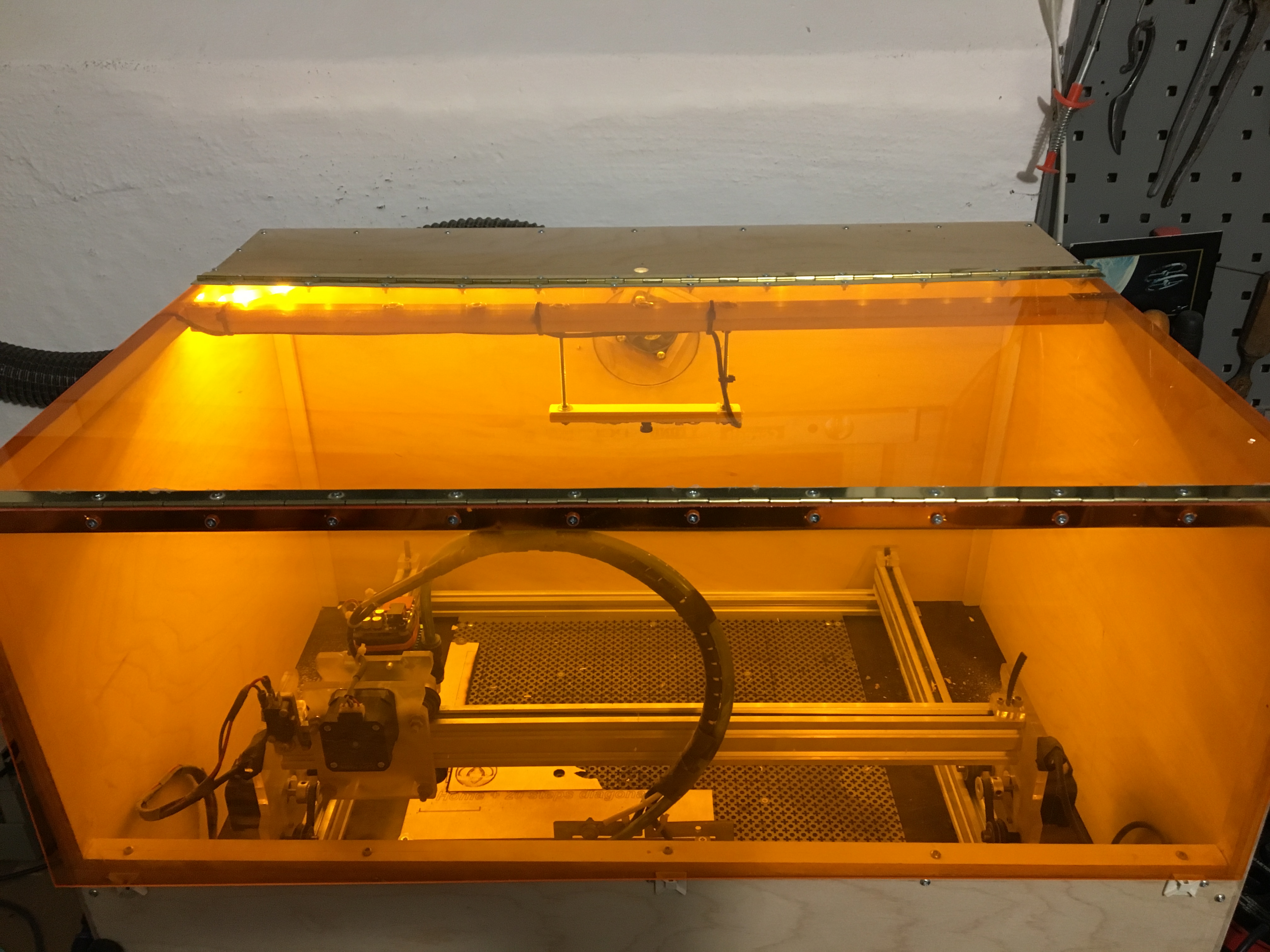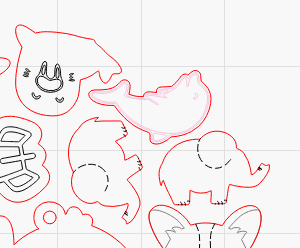
It’s kind of a brain tease the first few times. Never tried breaking up an image or vector to do this. Some of the holes were filled and some used to mount the engraving. You can then shift the material up and be aligned on the table. I do the engraving and make two new alignment holes in the bottom. Then I move it up to go into the tables existing holes.

I did a job on my laser that was long and went through the ‘feed through’. It’s most common on PCB videos where you ‘flip’ the board over and do operations on the reverse side. You can find information on how people have done it on multiple platforms. In this session, we learn how LightBurn allows the cutting of lager projects than the size of your laser bed. This series has tutorials, hints and tips as well as the occasional speed comparisons between it and RDWorks.

To set a kerf you need to have a closed path and some parts require it if you’re working on an ‘end’. The Lightburn Software is probably the best generic laser cutting software available (I use it for almost all of my laser work). One thing is there is no ‘kerf’ setting available if your cutting joints on the end of an item.

I was too ignorant when I did mine to fully understand the wide variety of options in Lightburn, so it didn’t dawn on me they’d have such a feature… (now they only need to handle the camera via the Pi Bridge and the gods will have answered our wishes ) Lightburn has a feature called Print and Cut that I would look into. You have to come up with some way to ‘register’ the piece when it’s moved so the machine is synced up with the move.


 0 kommentar(er)
0 kommentar(er)
